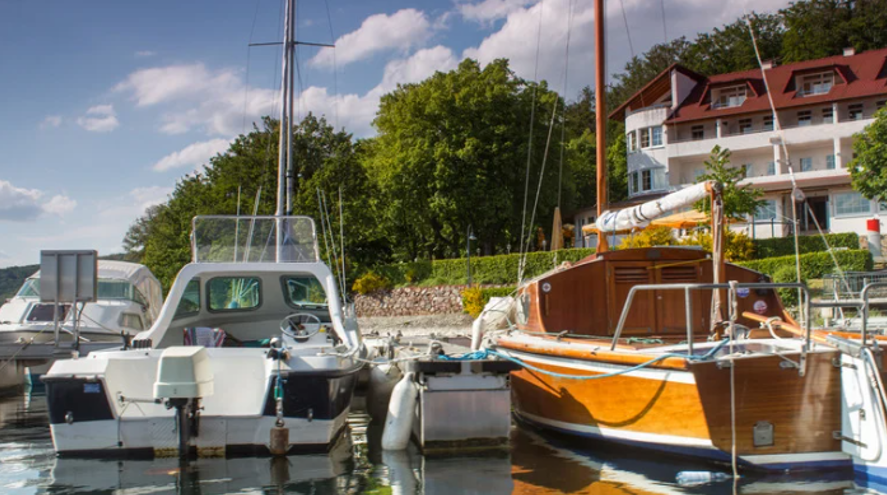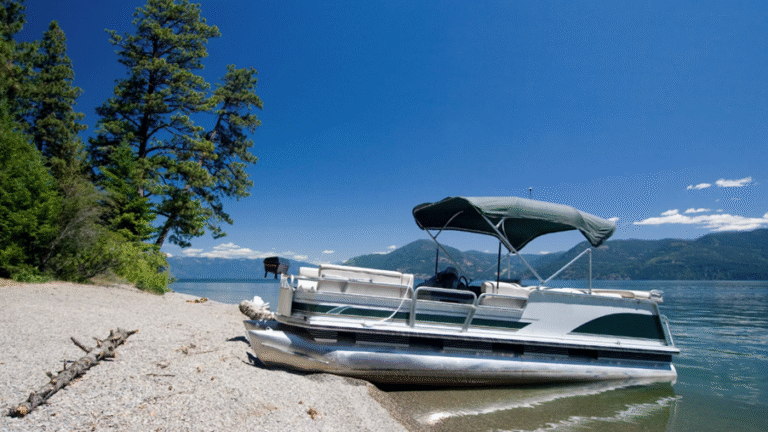A Guide to Anchoring Your Rental Boat Like a Pro
Anchoring is one of the most essential boating skills, especially for those enjoying a rental on popular waterways. Doing it incorrectly can result in drifting, damage to the boat, or unsafe conditions for passengers. For anyone considering boat rentals in Lake Havasu, learning how to anchor properly ensures safety, stability, and a stress-free day on the water.
Why Anchoring Matters
Anchoring secures your boat in place, whether you’re swimming, fishing, or taking a break. Without proper anchoring, wind or currents can carry the ship into unsafe areas. Mastering this technique is vital for preventing accidents and protecting both people and equipment.
When asking whether you need a license to rent a boat, it’s essential to look beyond legal requirements. Even if a permit isn’t required, renters are still responsible for understanding basic boating responsibilities, including anchoring, navigation, and safety practices. This knowledge ensures a safe experience for passengers and helps protect the boat from damage..
Choosing the Right Anchor
Not all anchors are the same. The right anchor depends on the size of the boat, the type of seabed, and the conditions. For example:
- Fluke anchors work best in sandy or muddy bottoms.
- Plow anchors are effective in rocky or grassy areas.
- Mushroom anchors are ideal for smaller boats in calm waters.
Selecting the wrong anchor can make holding position difficult, especially in windy conditions.
See also: How Technology Is Making Our Homes More Efficient
Steps for Anchoring a Boat
1. Pick the Right Spot
Look for areas free of swimmers, shallow hazards, or other boats. A safe anchoring zone provides enough space for your boat to swing as winds or currents change.
2. Calculate the Scope
The scope is the ratio of anchor line to water depth. A 7:1 ratio is recommended for secure anchoring. For example, if the water is 10 feet deep, you’ll need 70 feet of line.
3. Drop the Anchor Slowly
Lower the anchor rather than tossing it overboard. Dropping it gently helps the anchor set properly on the seabed.
4. Reverse to Set the Anchor
Once the anchor reaches the bottom, slowly reverse the boat while letting out the line. This tension helps the anchor dig in and secure the boat.
5. Test the Hold
After anchoring, check landmarks or use GPS to confirm the boat isn’t drifting. If it moves, reset the anchor.
Common Mistakes to Avoid
- Too little line: Not using enough scope weakens the anchor’s hold.
- Anchoring on poor seabed: Hard or rocky bottoms may prevent the anchor from digging in.
- Dropping anchor in crowded areas: This risks collisions or tangling lines with other boats.
Choosing the Right Rental Boat
Anchoring becomes easier when the boat is well-suited to your needs. When choosing the right boat size, renters should consider more than just availability. Selecting a vessel that matches your group size, activity plans, and comfort expectations is just as important as mastering boating skills. The right fit ensures stability, safety, and an enjoyable experience for everyone on board..
Conclusion
Anchoring may seem intimidating at first, but with practice and the right techniques, it becomes second nature. From choosing the correct anchor to calculating scope and testing the hold, each step is crucial for safety and stability. For those planning boat rentals, learning how to anchor like a pro ensures a safe, enjoyable, and stress-free day on the water.



